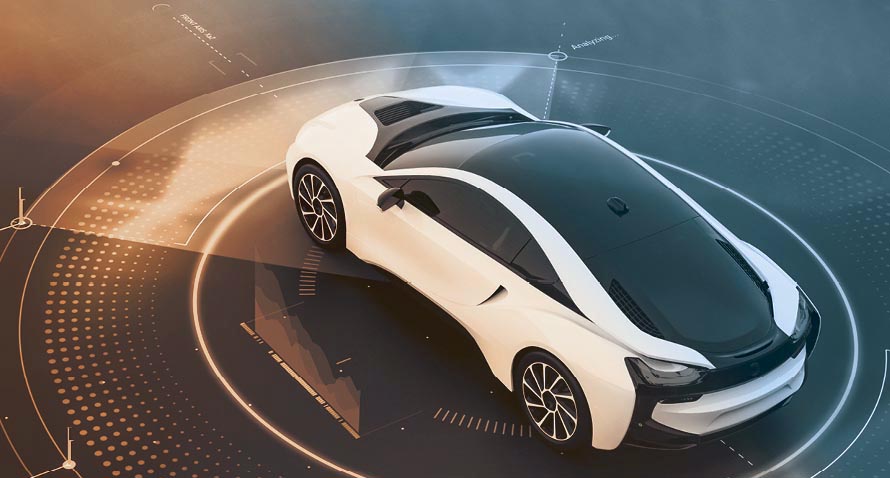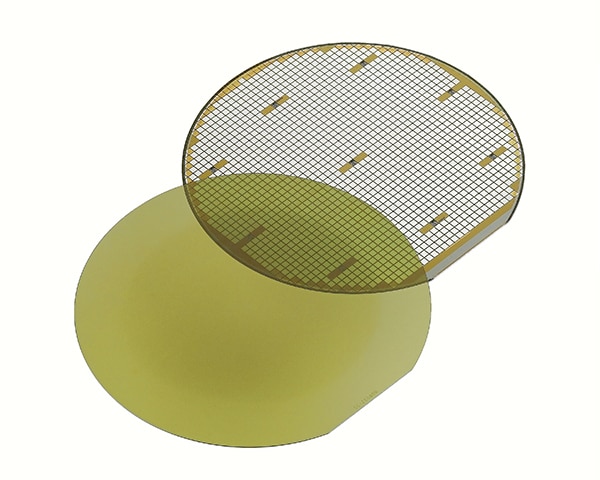EliteSiC Family
Together with our end-to-end SiC manufacturing capabilities, onsemi EliteSiC products offer superior performance and exacting quality standards of products.

ADAS and Beyond
ADAS and Automation Systems enable modern vehicles to become semi-autonomous with increased safety, minimizing fatalities and injuries.
Learn more about our holistic sensing capabilities to help you design safer systems that drive towards a higher level of autonomy.
Intelligent Tools & Software
Our Product Recommendation Tool+™ is designed to assist you in finding the optimum product for your application.

Talk to Sales
Have questions about our products and services, or need help with a design? Our sales support team is here to help!

Annual Sustainability Report
onsemi is driving disruptive innovations to help build a better future. Our 2022 Sustainability Report details our efforts concerning environmental, social and governance initiatives.

#TransformYourFuture
Join a team where cutting-edge intelligent technologies enable world-leading innovators and shape the future.



